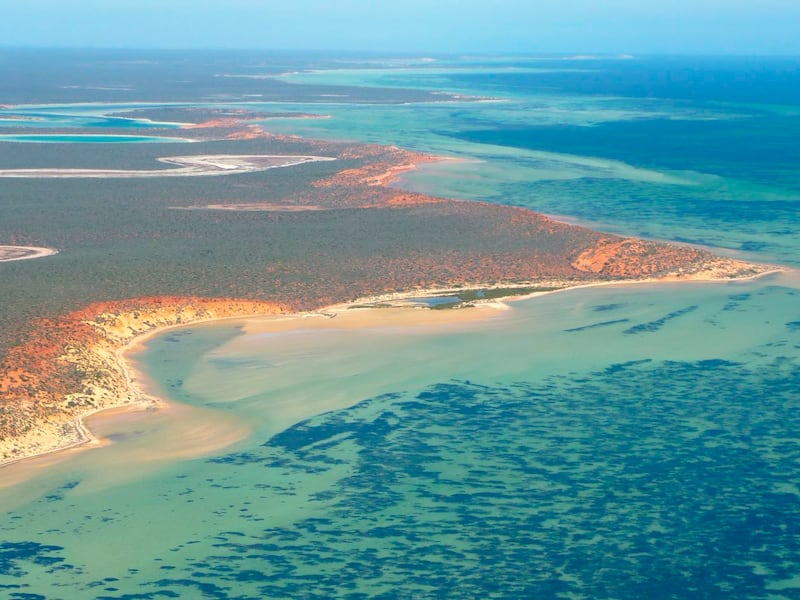Scientists have identified the world’s largest plant — and it’s almost the size of Cincinnati.
While studying what they originally thought were multiple meadows of seagrass in Shark Bay off the coast of Australia, researchers from the University of Western Australia were surprised to discover that the meadows were actually one massive organism, The New York Times reported.
According to a new study published in Proceedings of the Royal Society, the seagrass —called Poseidon’s ribbon weed, or Posidonia australis — has been cloning itself for around 4,500 years.
And it’s spread across 77 square miles of the ocean floor, making it roughly the size of Cincinnati, per The New York Times.
“The answer blew us away — there was just one!” said Jane Edgeloe, the lead author of the study, according to BBC News. “That’s it, just one plant has expanded over 180km in Shark Bay, making it the largest known plant on Earth.”
The self-cloning seagrass apparently used to be even larger. However, seven square miles of the plant were recently killed due to cyclones and “rising ocean temperatures linked to climate change,” the Associated Press reported.


